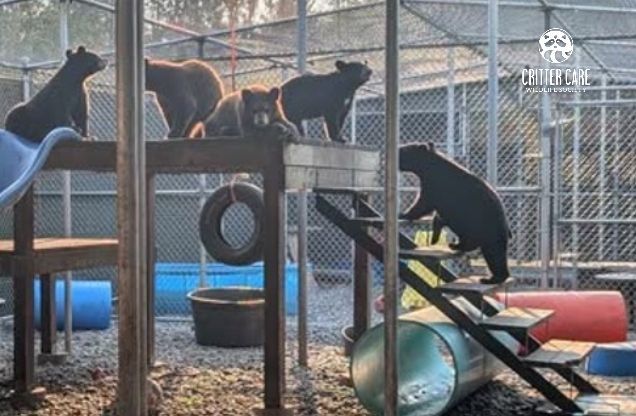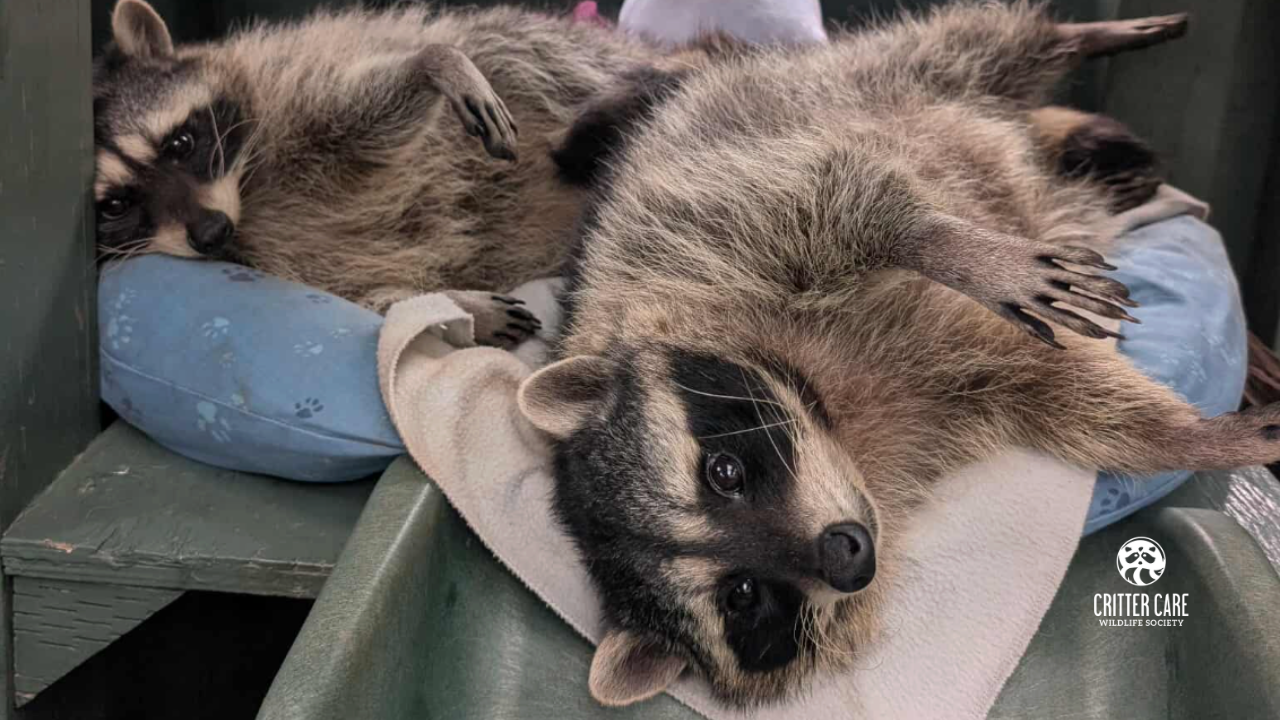Introducing the Black-tailed Deer
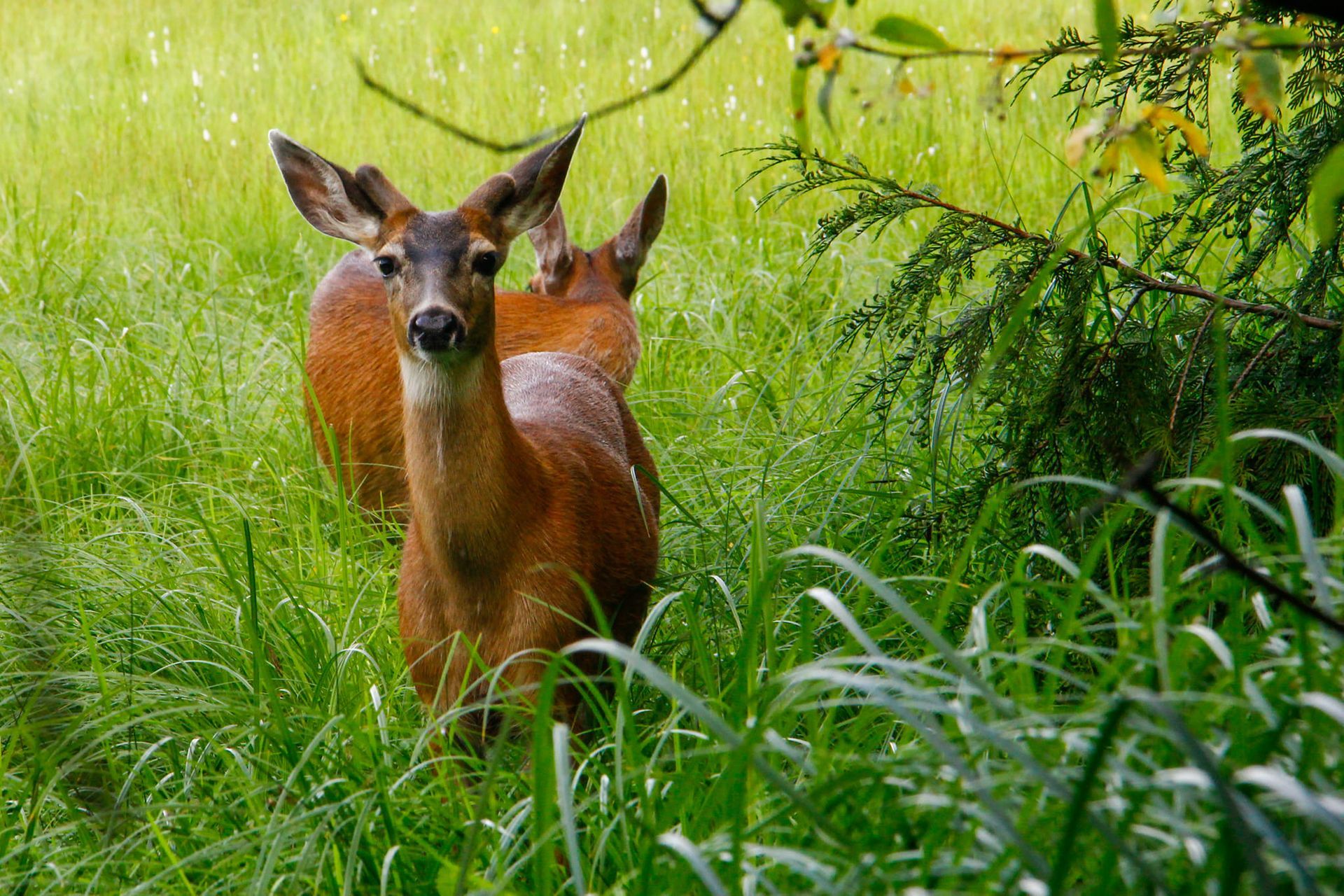
The Black-tailed Deer
Black-tailed deer are a subspecies of mule deer found along the Pacific coast of North America. Black-tailed deer are smaller and darker in colour when compared to mule deer.
There are two main subspecies - the Columbian black-tailed deer, found from northern California to British Columbia, and the Sitka black-tailed deer, found in coastal Alaska and British Columbia.
Black-tailed deer thrive in forested areas with a mix of dense cover and open meadows. They are browsers, feeding on a variety of plants, including Douglas fir, red huckleberry, and grasses.
Breeding or "rutting" season occurs in November and December, when bucks will chase and compete for does, by locking antlers and fighting. Fawns are born in late spring, typically as twins.
These deer are an important game species, that thrive in the dense cover and open meadows of the Pacific coast. They are often found in clearings caused by forest fires or logging, as they prefer a mix of dense forest cover and open areas. They typically spend their entire lives in areas less than 7.8 square kilometres and do not migrate long distances, though mountain-dwelling deer may seek lower elevations in winter.
The Sitka black-tailed deer is specifically adapted to the wet coastal rainforests of Southeast Alaska and coastal British Columbia.
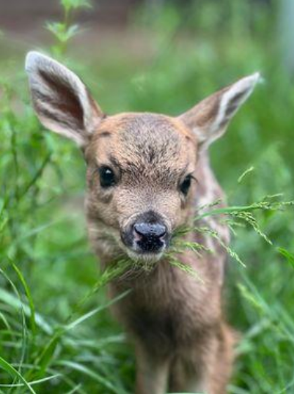
They have excellent senses of hearing and smell, which help them detect predators such as:
- Coyotes (Canis latrans) - Coyotes are a historic and current predator of black-tailed deer, though they mostly target the weak, young, or starving deer.
- Cougars (Puma concolor) - Cougars are the only other major predator of black-tailed deer currently present in their habitat.
- Bears (Ursus spp.) - Both black bears (Ursus americanus) and grizzly bears (Ursus arctos) are known to prey on Sitka black-tailed deer, though the impacts of this predation are unstudied.
- Wolves (Canis lupus) - The grey wolf was a major historical predator of black-tailed deer throughout their range, but has been absent from the region for over a century.
- Golden eagles (Aquila chrysaetos) - Golden eagles are also a common predator of black-tailed deer.
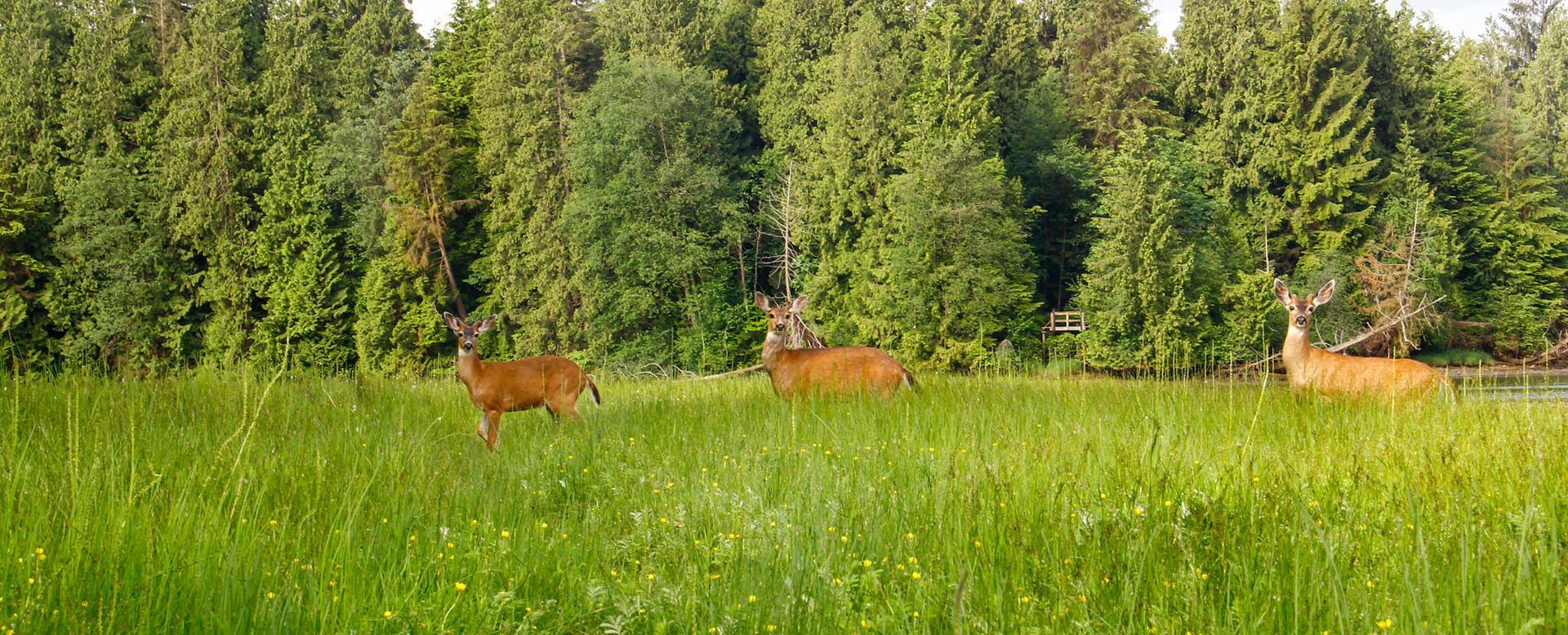
How Black-tailed deer shape the environment
Black-tailed deer help shape the vegetation in their habitat through their browsing and feeding habits, influencing the composition and structure of plant communities. This, in turn, impacts the other species that depend on those plants.
Black-tailed deer, as herbivores, convert plant matter into a form that higher trophic levels in the food chain can consume.Their carcasses also provide food for scavengers like wolverines, ravens, and magpies.
Healthy black-tailed deer populations indicate a balanced ecosystem because the availability of food plants and predator populations influence their numbers. An overabundance of black-tailed deer, can, at times, negatively impact ecosystems by over browsing and reducing plant diversity, which can harm some species.
Some fun facts
- Sitka black-tailed deer: Average lifespan of about 10 years, with some living up to 15 years.
- Columbian black-tailed deer: 9-10 years in the wild, 17-20 years in captivity.
- Black-Tailed deer are excellent swimmers.
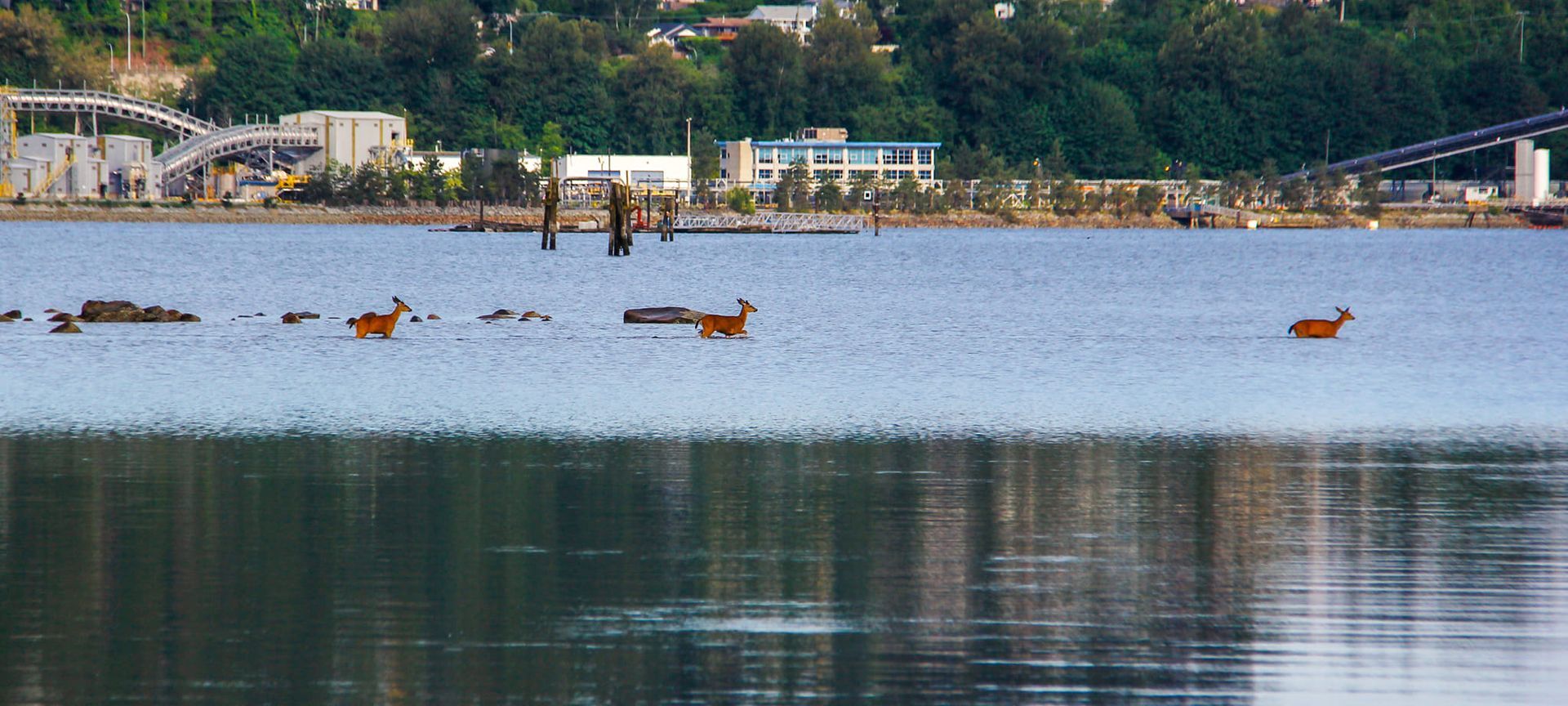
Critter Care Wildlife Society News
Sign up to get inspiring stories of rescue,
rehabilitation and release from Critter Care
Be the first to receive our newsletter, new blog posts, and updates
about our most critical needs and community news.

